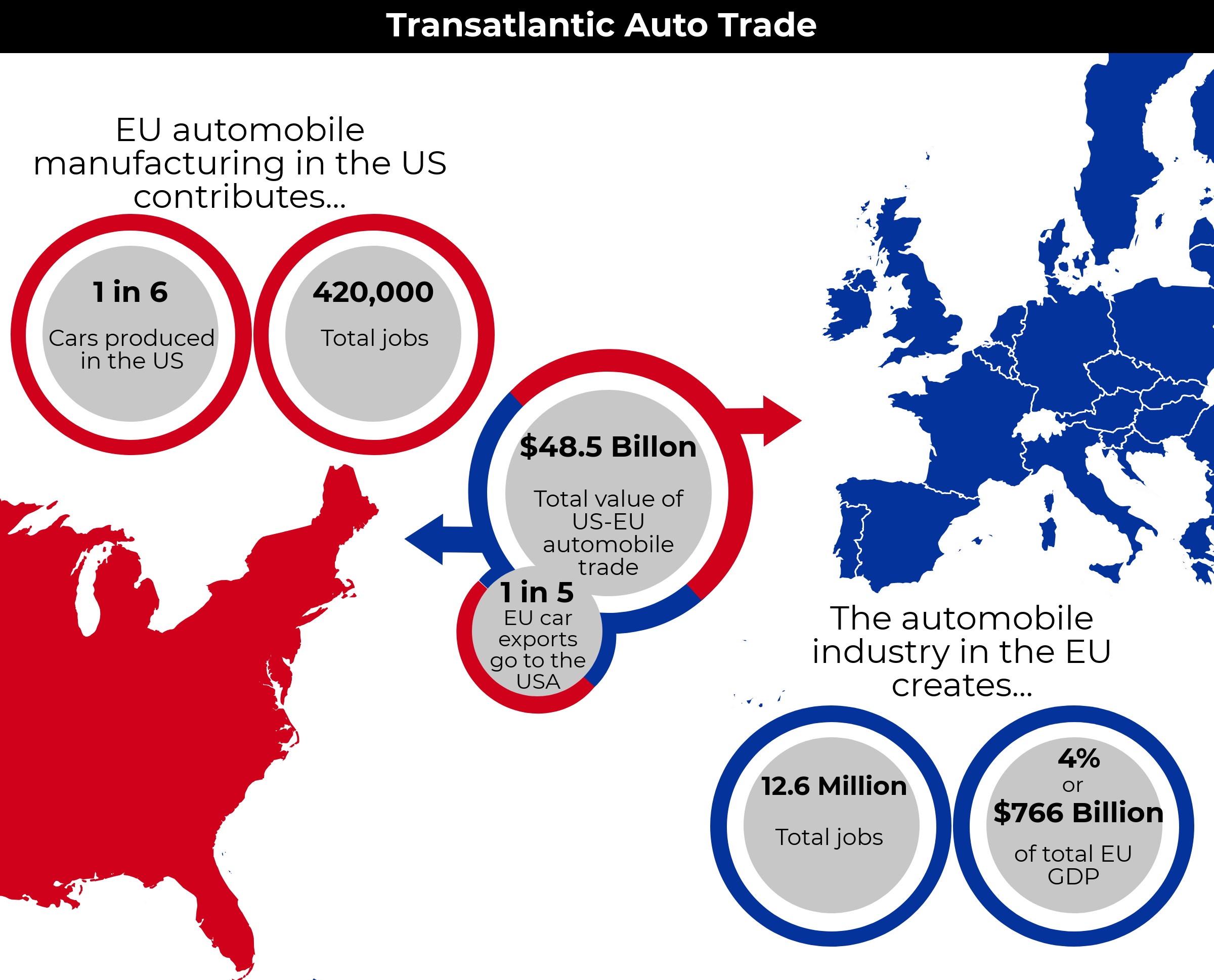US to Impose 30% Tariff on EU, Mexico: A Trade Shocker
On 1 August, the United States government is set to impose a 30% tariff on goods from the European Union and Mexico, an action that has taken the global community by surprise considering expectations of a potential trade agreement. Retaliatory measures from these regions are not yet in place; thus, the following three weeks promise to be pivotal. However, even with an agreement, a constant state of uncertainty hangs over the future of international trade dynamics.
Correspondences outlining the proposed tariffs were received by numerous nations in the lead-up, and the EU and Mexico were the latest recipients on 12 July. The details indicated a 30% rate on goods from Europe and Mexico entering the US. Merely a day earlier, there was talk of a probable trade pact between the US and the EU. Evidently, these expectations were premature.
Instead of a promising trade agreement, a message stating proposed 30% tariffs landed in the recipient’s mail, signaling an intensified resolve from the US administration. This move may not be entirely unexpected, as the US has been hinting at a stricter approach toward the EU, differentiating it from other trade allies. Phrases like ‘the EU is nastier than China’ have been indicative of this sentiment.
Although the timing might have been surprising for some, the general theme aligns with the administration’s behavior thus far. But it isn’t time to panic preemptively. The window to reach a mutually acceptable agreement still has roughly three weeks before it closes.
It’s worth mentioning that this isn’t the first time the EU has been on the receiving end of such a move. Previously, a threat of 50% tariffs loomed on 1 June. Anticipating long-term strategies in these trade discussions has proven to be a futile exercise.
What the recently sent letters, especially those addressed to the EU and Mexico, illustrate is that we’re approaching a critical juncture. The meaning conveyed by these letters is clear: the US is ratcheting up its pressure campaign to secure favorable deals.
Where the negotiators stand in terms of closing a deal is still up for debate. However, there are generally three potential outcomes for the current situation: firstly, the mounting pressure achieves the desired outcomes; secondly, tariff threats lose their intimidation aspect as the administration risks losing face; or thirdly, it initiates a full-blown trade war.
The likelihood of delaying these proceedings beyond 1 August seems quite less from the viewpoint of the US administration. Just as this letter has clearly put the onus on the EU to intensify their negotiation efforts, it also brings forth several possibilities for the EU’s approach to these trade talks.
These options include increasing purchases from the US, actually decreasing tariffs, for instance, those on US automotive or agricultural goods. Another alternative could be lowering non-trade barriers like quality standards for American vehicles. They could even choose to ban exports of vital products that the US lacks domestic production for, such as certain European pharmaceuticals and medications.
The EU’s last resort could be full-scale retaliation with options like establishing higher tariffs on US goods or the most drastic response: tariffs on digital services, coupled with stricter regulations on US-based technology firms. Needless to say, this drastic measure may spark an all-out trade conflict between the EU and the US — a situation where the old adage that there are no victors in a trade war, just casualties, holds true.
However, the greatest concern for Europe is the likelihood of a fractured response to growing US pressure. An imposed 30% universal tariff could potentially slash about 0.4 percentage points off the continent’s GDP growth, inching the economy dangerously close to a recession.
The situation is worsened considering it doesn’t yet account for the havoc that tariff uncertainties, present since April, could wreak on investment decisions across the region. Complicating things further, a deal wouldn’t necessarily be an end-all solution to the looming trade dispute.
Trade negotiations, in reality, last for more than just a few weeks — their true length is often measured in months and even years. As such, any agreement reached in the upcoming weeks can’t be guaranteed to endure far into the future. Its longevity, whether that’s a few weeks, several months, or a number of years, would be subject entirely to the whims of the US administration. In the current global trade environment, very little, if anything, is guaranteed, amplifying volatility.

